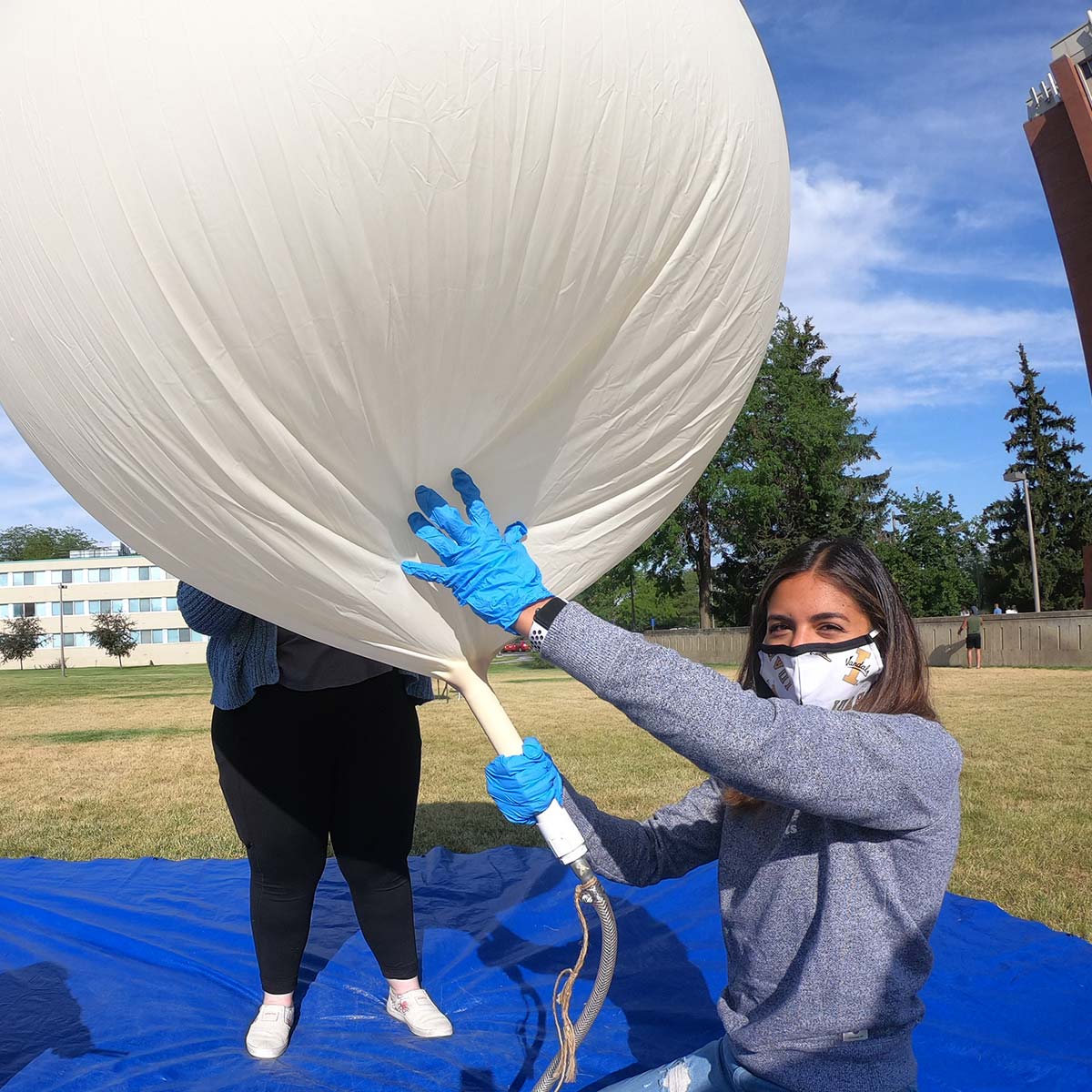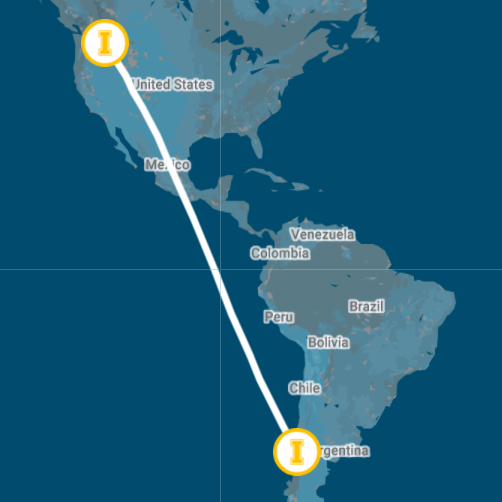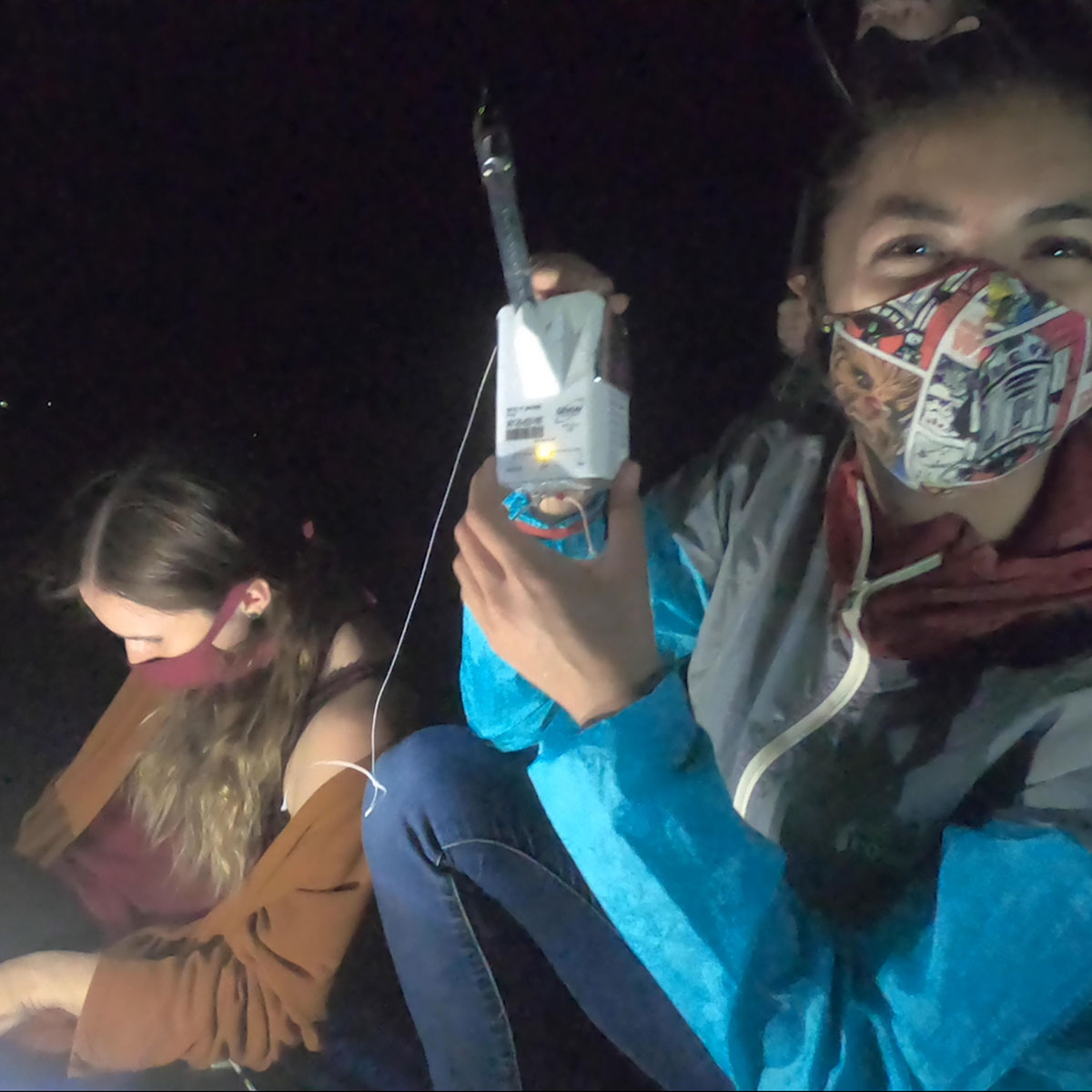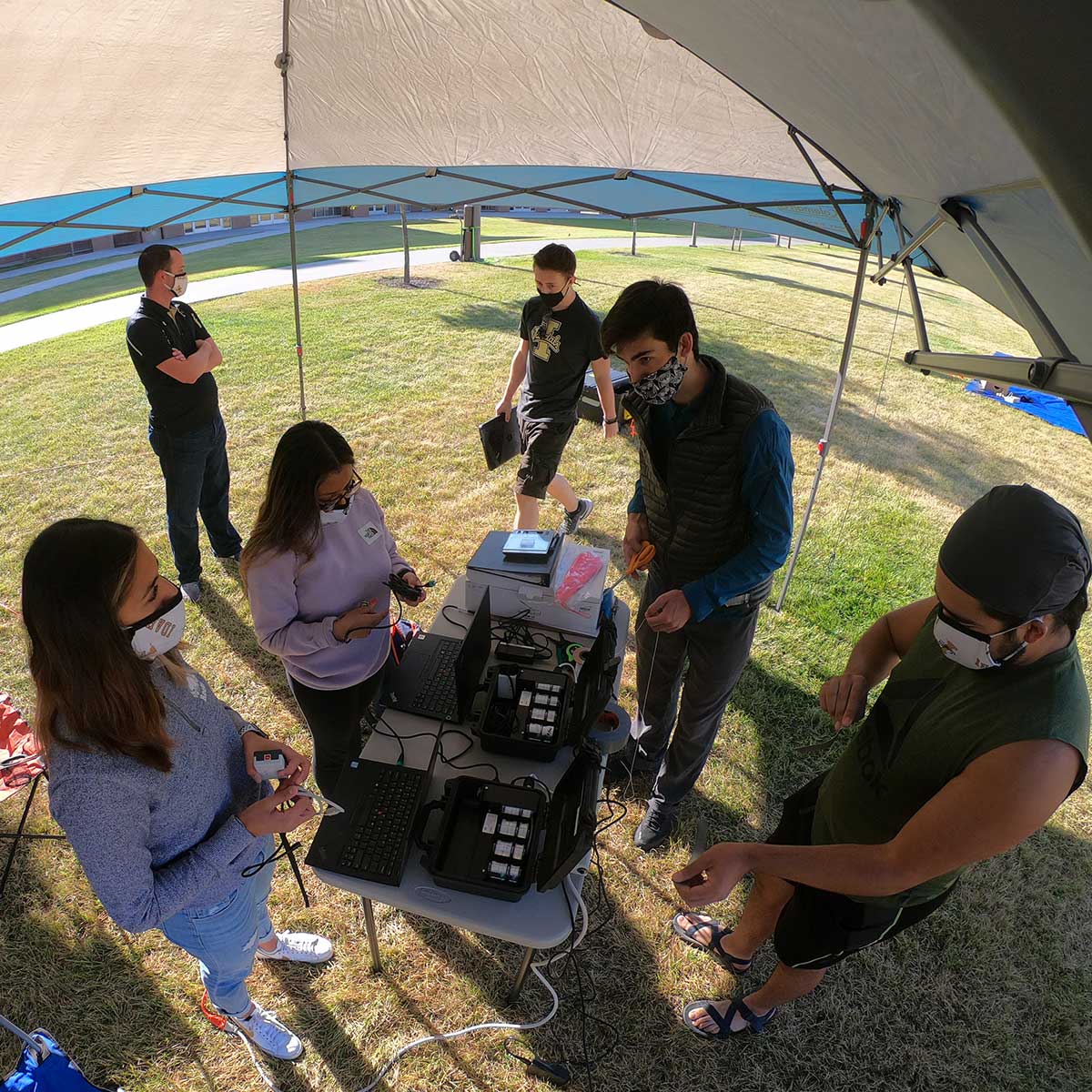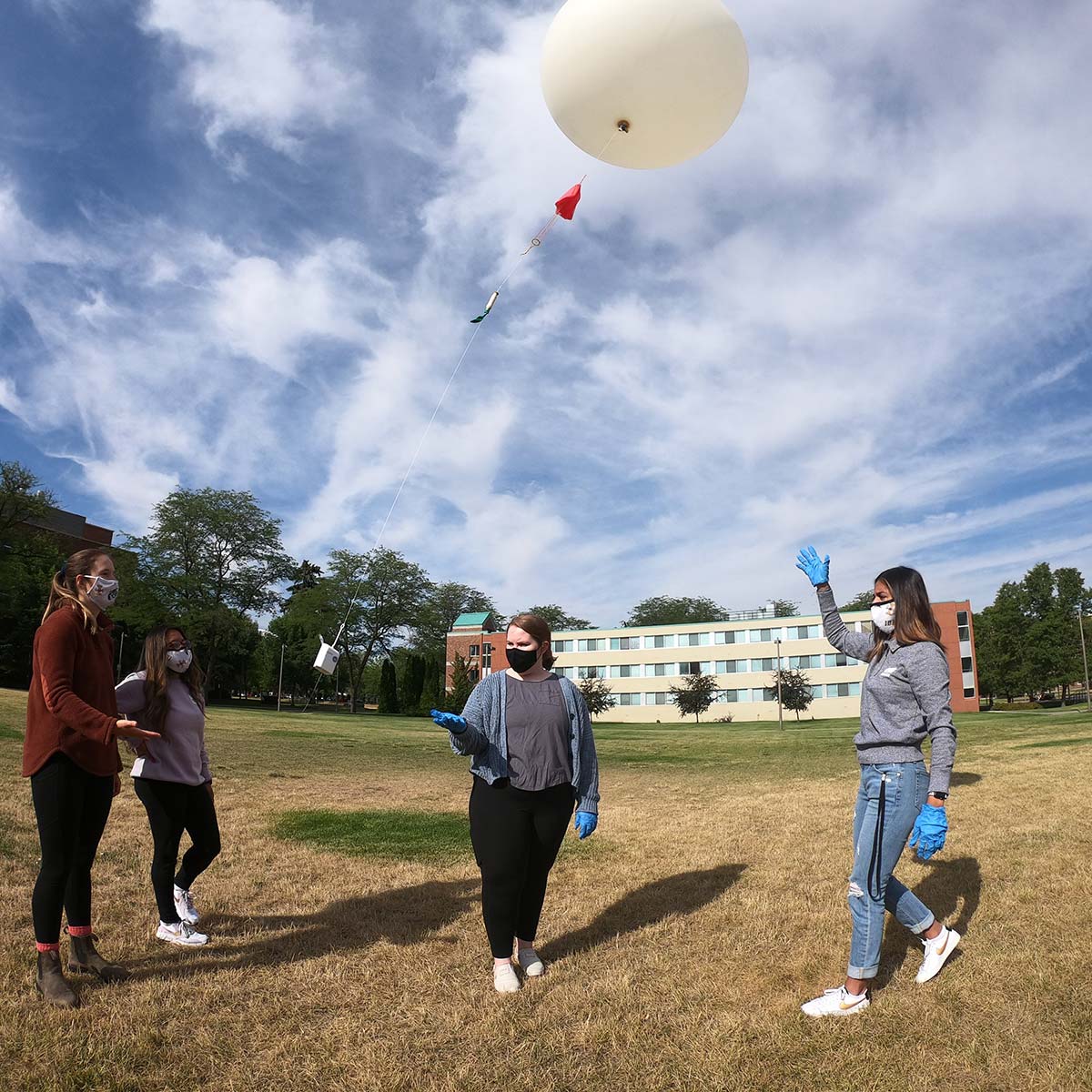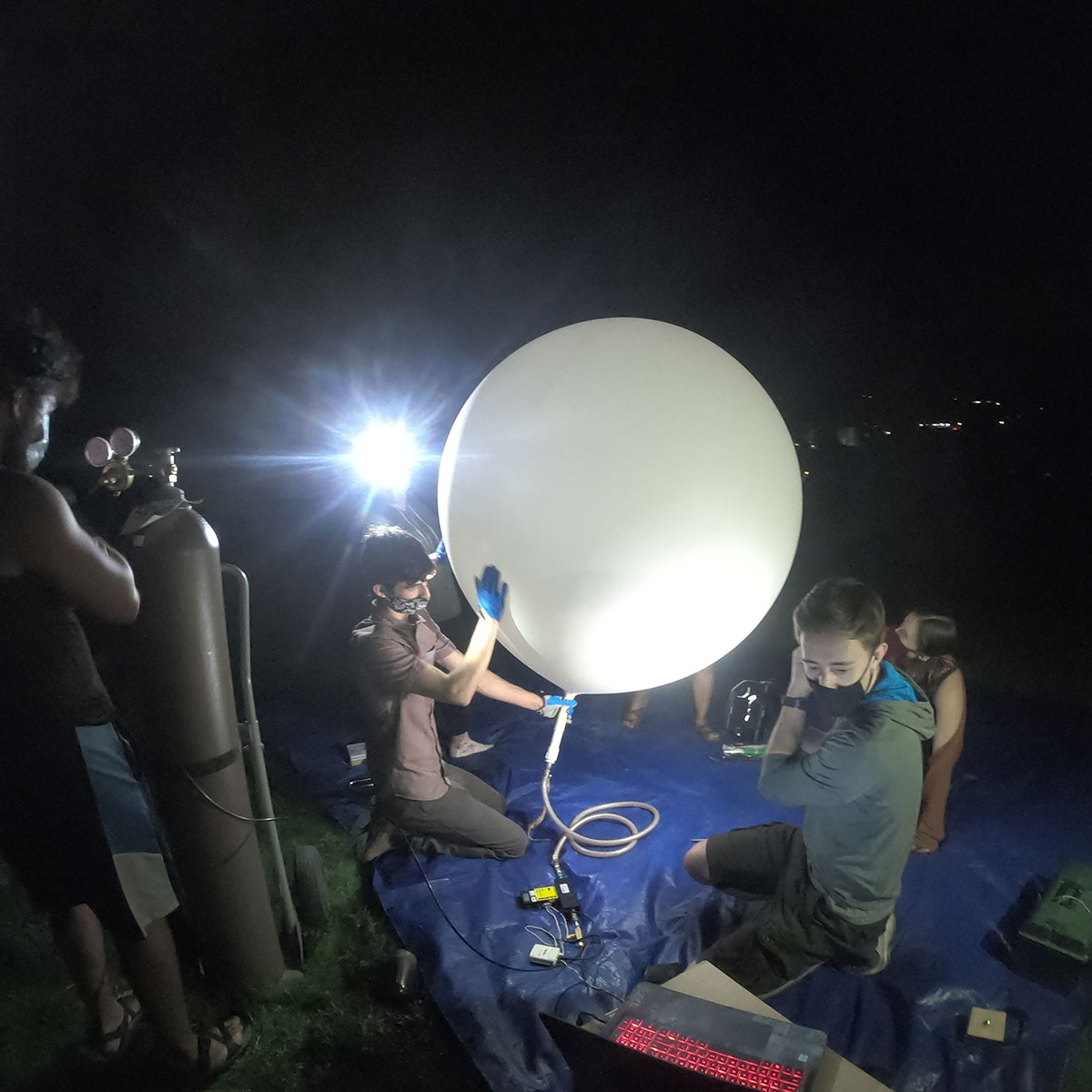Vandal Explorer Series: Weather Under an Eclipse
Students Record Gravity Waves Using Weather Balloons
Weather Balloons
Watch U of I students practice for studying the solar eclipse in Chile.
On Dec. 14, 2020, an eight-student team from the NASA Idaho Space Grant Consortium in the College of Engineering will be in Chile recording gravity waves produced by the complete solar eclipse. Gravity waves are large disturbances moving through an otherwise stable layer of the atmosphere, and they can influence smaller weather events and air turbulence. Junior Lauren Perla joined the team as a mechanical engineer from Sammamish and explains that understanding gravity waves will help atmospheric scientists improve current weather prediction models. The team has been practicing measuring the waves all summer. In Moscow, the students launch weather balloons into the atmosphere weekly, and each balloon carries a radiosonde—an instrument designed to radio data on weather phenomena like temperature, wind speed and humidity back to earth. When they travel to South America, the students will spend roughly 18 hours launching one balloon every hour in teams of four. Associate Professor Matthew Bernards in the Department of Chemical and Biological Engineering is the director of the NASA Idaho Space Grant Consortium and oversees the project.
Besides Perla, the team includes junior Malachi Mooney-Rivkin in mechanical engineering, junior Alex Chambers in mechanical engineering, senior Leah Davidson in biological engineering, senior Carlos Muñoz in physics, senior Roslyn McCormack in chemical engineering, senior Sebastian Garcia in mechanical engineering and master’s student Jackie Martinez-Alvarez in chemical engineering.
Article by Leigh Cooper, University Communications and Marketing.
Photos courtesy of Lauren Perla, College of Engineering.
Video editing by Kara Billington, University Communications and Marketing.
Published September 2020.
This project was funded by National Aeronautics and Space Administration award 80NSSC20M0108. The total project funding is $760,000, of which 100% is the federal share. This project was funded by National Science Foundation award 2018182 to Montana State University. The total project funding is $672,265, of which 100% is the federal share.







